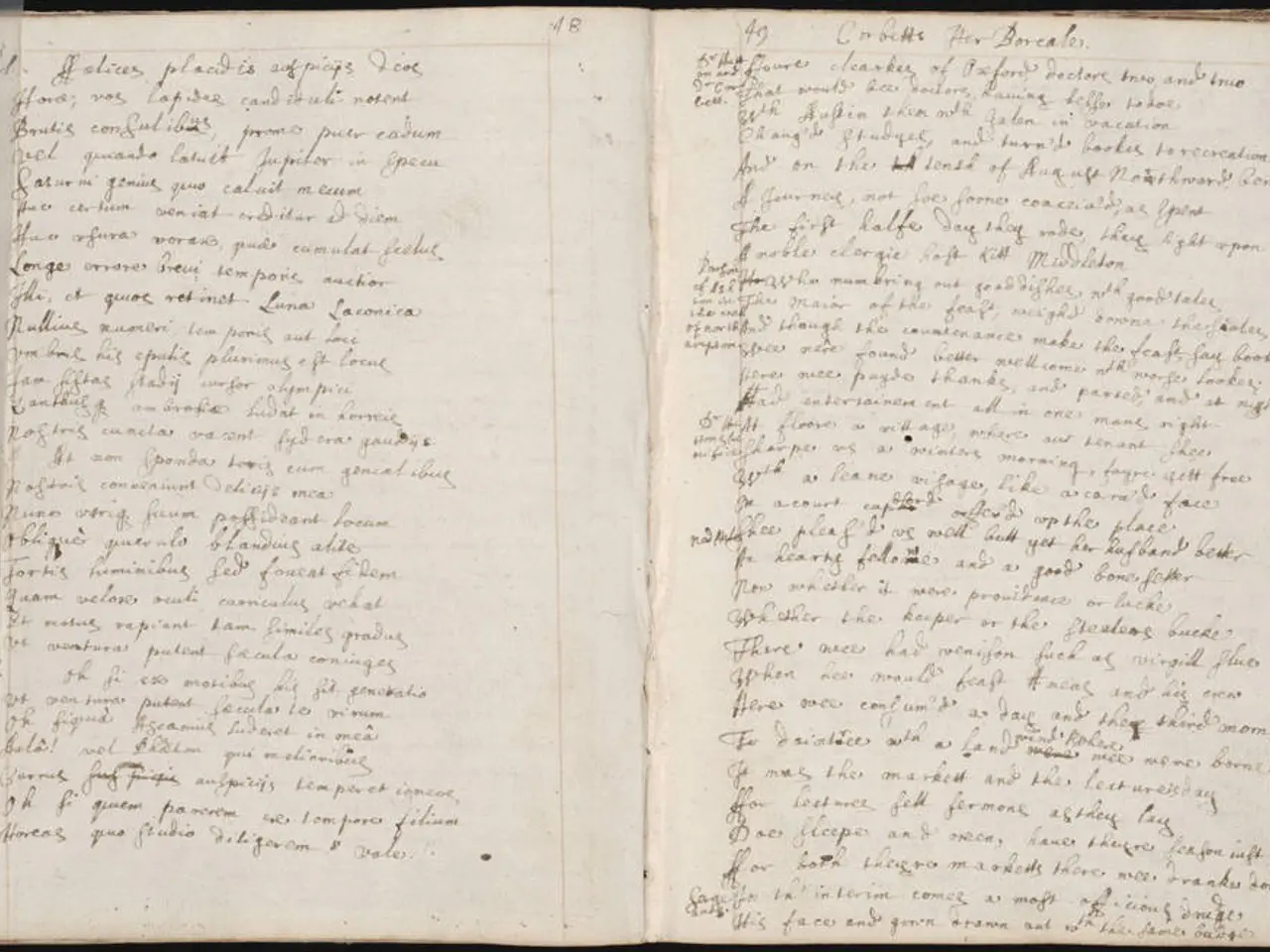Jurisdictional Overview of the High-Risk System (HRS) Regulations
The Hazard Ranking System (HRS) is a crucial tool employed by the Environmental Protection Agency (EPA) to evaluate the potential risk posed by a site contaminated with hazardous substances. This system assigns a score from 0 to 100, reflecting the site's threat to human health and the environment. Sites that score 28.5 or higher are eligible for placement on the National Priorities List (NPL), which prioritises the most serious hazardous waste sites for further investigation and long-term remedial action (cleanup) under the Superfund program established by CERCLA (Comprehensive Environmental Response, Compensation, and Liability Act of 1980) [1].
The HRS plays a pivotal role in the Superfund process, with the following key objectives:
- Provide an objective, consistent, and scientifically based method to assess and rank sites based on their risk. The HRS ensures a standardised approach to evaluating hazardous sites, promoting fairness and transparency in the Superfund process.
- Identify sites that warrant further detailed study and potential inclusion on the NPL for cleanup. By ranking sites according to their potential risk, the HRS helps to focus resources on the most hazardous sites, ensuring that the most urgent cases receive attention first.
- Help allocate limited Superfund resources to the most hazardous sites nationwide. With resources for the Superfund program limited, the HRS helps to prioritise sites based on their risk, ensuring that the most urgent cases receive the necessary funding for cleanup.
- Enable EPA and states to coordinate cleanup priorities effectively. By providing a standardised ranking system, the HRS facilitates collaboration between the EPA and state agencies, ensuring that cleanup efforts are coordinated effectively across the country.
Once a site is scored and placed on the NPL using the HRS, it undergoes detailed remedial investigation and remedial action phases to address the contamination comprehensively [1][2].
It is important to note that the HRS has been updated over time, with the addition of subsurface intrusion pathways like vapor intrusion to better evaluate risks from volatile chemicals migrating into buildings [2]. The Superfund program, authorised by CERCLA, seeks to identify responsible parties to compel cleanup or else use federal funds to remediate contamination [1]. The listing on the NPL signals a site's priority status for long-term cleanup under the Superfund program [1].
However, certain exceptions and exclusions apply under CERCLA. For example, sites containing only excluded petroleum products are excluded from consideration under CERCLA. Releases that result in exposure solely within the workplace, emissions from engine exhaust, and the normal application of fertilizer are also excluded from response by CERCLA statute [3].
In the case of releases of petroleum products contaminated with hazardous substances, these can be listed if the hazardous substances cannot be sourced from the petroleum. If two distinct plumes commingle, one of petroleum and one of a hazardous substance, the release can be listed, but only the non-petroleum plume can be used in HRS scoring [3].
Moreover, a limited category of radioactive materials is excluded from CERCLA consideration, including releases from a nuclear facility licensed by the Nuclear Regulatory Commission and releases from 17 uranium tailings sites specifically designated in the Uranium Mill Tailings Radiation Control Act of 1978 [3].
Historically, the listing of certain types of sites, although eligible for scoring, has raised policy issues for EPA and should be discussed with EPA Regional NPL Coordinators [3].
In conclusion, the HRS is fundamental to the Superfund cleanup process because it determines which hazardous sites qualify for federal priority listing and detailed cleanup actions under CERCLA. By providing a consistent, objective, and scientifically based method for evaluating risk, the HRS ensures that the most urgent cases receive the attention they require, ultimately protecting human health and the environment.
[1] Environmental Protection Agency. (n.d.). Superfund: Cleaning Up the Nation's Worst Hazardous Waste Sites. Retrieved February 24, 2023, from https://www.epa.gov/superfund
[2] United States Environmental Protection Agency. (2019). Hazard Ranking System (HRS) and National Priorities List (NPL). Retrieved February 24, 2023, from https://www.epa.gov/superfund/hazard-ranking-system-hrs-and-national-priorities-list-npl
[3] United States Environmental Protection Agency. (n.d.). CERCLA: The Basics. Retrieved February 24, 2023, from https://www.epa.gov/cercla/cercla-basics
- The EPA employs the Hazard Ranking System (HRS) to evaluate polluted sites, assigning scores reflecting potential harm to both human health and the environment.
- Sites scoring 28.5 or higher are eligible for placement on the National Priorities List (NPL), prioritizing them for comprehensive cleanup under the Superfund program.
- The HRS promotes fairness and transparency in the Superfund process by ensuring a standardized approach to assessing hazardous sites.
- The HRS helps allocate limited Superfund resources to the most hazardous sites, enabling priority cases to receive the necessary funds for cleanup.
- Collaboration between the EPA and state agencies is facilitated by the HRS, ensuring coordinated cleanup efforts across the country.
- Sites on the NPL undergo detailed remedial investigation and action phases to address contamination comprehensively.
- The HRS has been updated to better evaluate risks from volatile chemicals migrating into buildings via subsurface intrusion pathways.
- The Superfund program seeks to identify responsible parties to fund cleanup or use federal funds if necessary, under the Comprehensive Environmental Response, Compensation, and Liability Act of 1980.
- Certain exceptions and exclusions apply under CERCLA, such as sites containing only excluded petroleum products, workplace exposure, engine exhaust, and normal fertilizer application.
- Policy issues may arise regarding the listing of certain types of sites eligible for scoring, and it is advisable to discuss these with EPA Regional NPL Coordinators.




